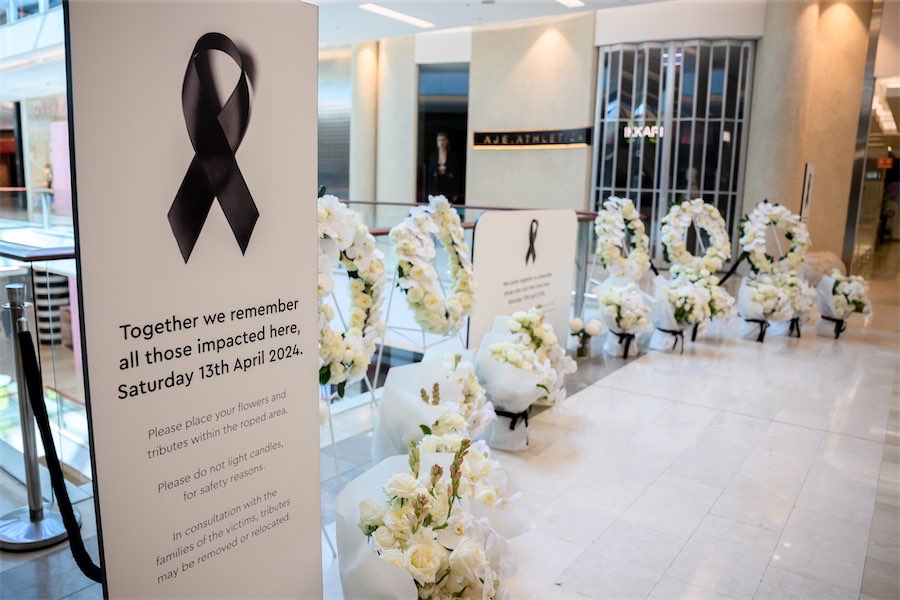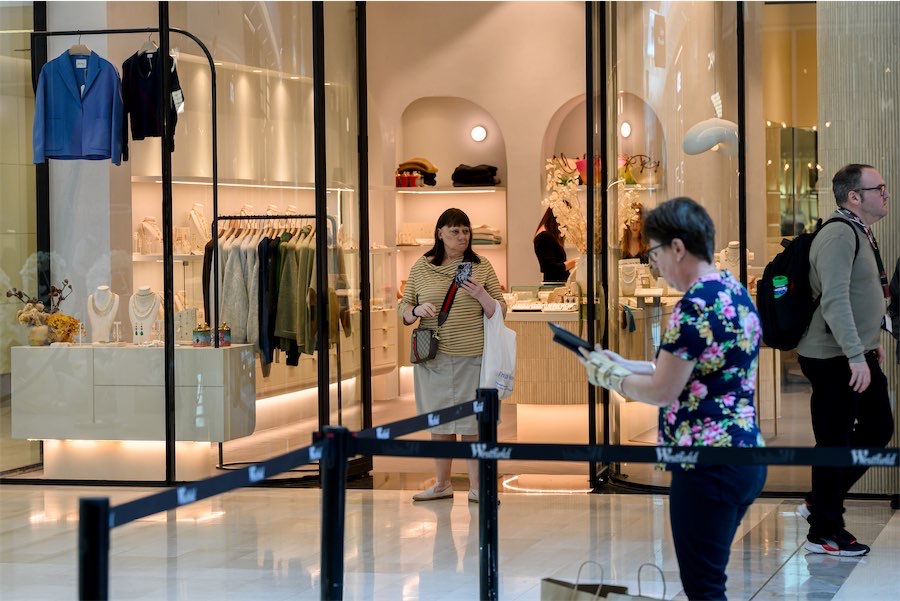The aged care system is simply not fit for purpose in normal times and so was inevitably destined to fail when under this sort of extreme pressure, writes political columnist MICHELLE GRATTAN.
SCOTT Morrison wasn’t going to be caught out twice. In Hawaii during the bushfires, the prime minister had hesitated before returning (slightly) early.
On Tuesday he wasn’t on holiday but starting a tour of several days in Queensland, where there’s a state election in a few months.
He aborted the trip on its first morning, announcing during a visit to a seafood business that he’d return to Canberra because of the COVID crisis in aged care in Victoria.
The funding and regulating of aged care is a federal responsibility, while responsibility for health rests with the states. What’s happening in Victoria involves both governments and tension has erupted.
During the pandemic federal, state and territory governments, joined in the national cabinet, have largely sought to avoid public blame games. They’ve bitten their tongues over their differences and frustrations, although there’s been private briefing to the media and some obvious signs of irritation.
But on Tuesday, blame was being assigned, in what might be described as passive aggressive displays.
Victorian Premier Daniel Andrews stressed the aged care system was the Commonwealth government’s responsibility. “The Commonwealth government have asked for help and that is exactly what my government and our agencies will provide to them,” he said.
Federal health minister Greg Hunt, on the other hand, highlighted the “massive breach of hotel quarantine” – that is, the Andrews government’s big lapse – that had led to widespread community transmission. “The greatest threat to any institution is a major community outbreak,” Hunt said.
He’s right. But the question is, could the federal government have done more to erect a firewall to protect the vulnerable people in these institutions which come under its regulation?
Last Friday acting federal chief medical officer Paul Kelly, appearing with Morrison at a news conference, rejected the suggestion aged care was an area of substantial failure in the pandemic.
“I wouldn’t say that it has been a failure up to now,” Kelly said.
“Certainly a large number of aged care facilities have had either cases in staff or in residents in recent times in Victoria. … We certainly have had very rapid action wherever a case has been found.” But Kelly did admit the situation was “a real concern”.
With growing community alarm, shocking reports in the media about conditions at facilities, and a clamour from frantic families, the federal government at the weekend announced a Victorian aged care response centre to co-ordinate efforts, which was set up by Monday.
A large number of army personnel had already been dispatched to the state to deal with the general COVID outbreak, and they were pulled into the aged care effort.
On Tuesday Hunt said the federal government would bring in an Australian Medical Assistance Team (AUSMAT). Such teams are sent to deal with crisis situations, such as a natural disaster – Hunt called them “the SAS of the medical world”. Hunt also promised more protective equipment for Victorian facilities.
A call was put out for health staff from interstate, particularly South Australia and NSW, and Morrison had talks on Tuesday evening about this mobilisation.
Meanwhile the Victorian government has paused non-urgent elective surgery, freeing up not just beds but staff to fill vacancies in nursing homes created by carers having COVID or isolating because they’ve been in contact with cases. Morrison reportedly was annoyed Andrews didn’t do this faster.
According to federal government figures, as of early Tuesday, there were about 70 residential aged care facilities in Victoria associated with active cases, involving 433 residents and 339 staff. There have been 42 deaths of residents in the Victorian second wave.
Andrews noted only five of the cases were in public aged care facilities.
With both governments scrambling to contain the situation, it is hard not to conclude the federal government failed to follow the maxim it embraced so strongly in giving assistance to the economy: go early, go hard.
A low paid workforce with people often taking shifts in multiple institutions always meant a high chance many staff would be infected, and workers without leave provisions would often be reluctant to stay at home if unwell, because they did not want to lose money, or could not afford to.
Belatedly, there has been federal, state and Fair Work Commission action to address this lethal problem.
The federal messaging on masks was inexplicably slow, and there have been complaints about inadequate supplies of protective clothing for these institutions.
After the disaster of Sydney’s Newmarch House, with 19 deaths, everyone should have been on the highest alert.
The real issue, however, is that the aged care system is simply not fit for purpose in normal times and so was inevitably destined to fail when under this sort of extreme pressure.
Hunt on Tuesday praised the care his late father received in a home. “I cannot imagine better care that my family and my father could have got.”
But Andrews said “I wouldn’t want my mum in some of these places”, an observation many distraught families will relate to.
The interim report of the royal commission into aged care, released late last year, was scathing, declaring older people and their families were left “isolated and powerless in this hidden-from-view system”.
COVID has provided a tragic real time vindication of the commission’s observation.
Michelle Grattan is a professorial fellow at the University of Canberra. This article was originally published on The Conversation.
Who can be trusted?
In a world of spin and confusion, there’s never been a more important time to support independent journalism in Canberra.
If you trust our work online and want to enforce the power of independent voices, I invite you to make a small contribution.
Every dollar of support is invested back into our journalism to help keep citynews.com.au strong and free.
Thank you,
Ian Meikle, editor





Leave a Reply